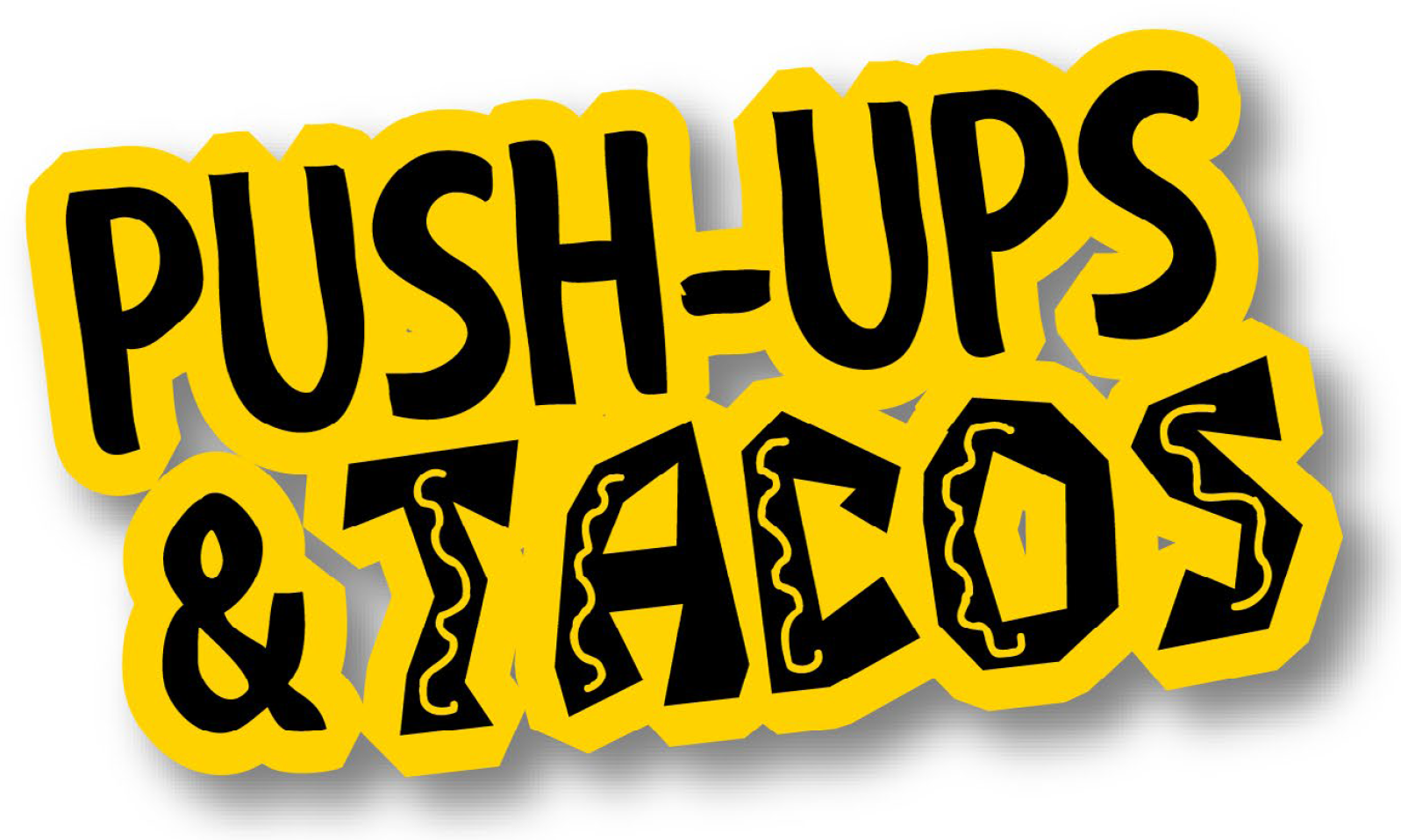Do you hate doing your foam rolling exercises? Do you proudly tell personal trainers “Hell no!” when they ask you if you you regularly inflict pain upon yourself via IT band? Me too and I am a personal trainer! Smashing out painful spots on your body sucks and it’s understandable to not like it (but it does offer it's own benefits.) Instead of letting your foam roller collect dust in the corner there are other, less painful, ways to use it to better your mobility and feel better. Improve your relationship with foam rollers with some of these pain free exercises.
WORKING OUT DOESN’T HAVE TO BE PAINFUL - DOWNLOAD OUR FREE GUIDE TO SAFE, FEEL-GOOD WORKOUTS BELOW ↓↓↓
If you don’t already have a foam roller grab one ASAP, because it’s a great tool to keep you feeling resilient and moving well. This one from Trigger Point will last forever or you could opt to grab one of the amazon basics versions.
Side Lying Windmills
This is a fantastic option for improving your shoulder and thoracic spine mobility. The foam roller will act as block so that you can keep your hips stable while you move through the upper back and shoulders. Set up by lying down on your side with your knees up and the foam roller in between your thighs. Place your palms forward and together.
Squeeze the foam roller with your inner thigh muscles.
Slide your top hand from in front of you around your body until it’s behind you. Focus on actively opening up your shoulders with the muscles of your upper back.
Bring the hand back across the torso to the front of the body with the palms facing each other and repeat.
Side Lying Books
Books work very similarly to windmills and they specifically target your ability to rotate through the thoracic spine. These two exercises are great to do together, one after the other. Set up in the exact same position as the windmill above to start.
Squeeze the roller with the thighs.
Open your arms up like a book, bringing your shoulder back toward the floor and making a "T" shape with the arms and torso.
Return the hands back to the front with the palms together
You can also place the top hand behind the head and reach forward and back with the elbow and shoulder. This can help alleviate some stress to the shoulder and make it easier to focus on the torso instead of the arms.
Quadruped T-Spine Rotation
Another great option for improving your ability to rotate through the upper back. The foam roller is used again squeezing and activating the inner thigh muscles to keep the hips from moving. Doing so helps you to more effectively pry and stretch into a rotation of the upper back with compensating and moving the hips side to side. Start by getting down on all fours with the foam roller between your knees.
Place one hand behind your head so your elbow sticks out to the side.
Squeeze your thighs together against the foam roller.
Bring your elbow under the body as if trying to touch the opposite knee or just outside the opposite knee. Hold a moment and do not bend the supporting arm/elbow.
Pull the elbow out from under the body and try to point it to the ceiling, opening up the chest to the side. Hold a moment, breath, and repeat.
T-Spine Extension
The first two drills focussed on improving thoracic mobility for rotation. This drill will help more with thoracic extension. The exact opposite motion that sitting at a desk or at a computer gets us stuck into, so it’s needed for just about everybody.
Start by sitting down with the foam roller behind you and your feet flat on the floor. Lie back onto the roller so that it is just under the shoulder blades and above the lower back.
Cradle the head and neck by cupping the hands behind the head and squeezing your elbows together in front of your face.
Brace your stomach and extend back over the roller with your butt on the floor. Don’t lift your butt, and try to keep the ribs down with braced abdominals.
Return to a resting position and repeat for a few repetitions.
Pick the hips up to slide the roller up the upper back and repeat the extensions at multiple spots between the bottom of the shoulder blades and behind the shoulders.
Floor Angels
Floor angels are a lot like snow angels. Except we are going to use the foam roller to allow for more stretching of the pectoral muscles. This movement also helps improve the movement of the scapula as it glides up and down.
Set up by laying down with the foam roller placed vertically along your spine and supporting your head and neck.
Open up your arms with your palms facing up.
Reach up over your head as high as you can
Pull your elbows down pinching the elbows and shoulder blades back and together.
Repeat this movement for smooth slow repetitions.
Forearm Wall Slides
The forearm wall slide is a great way to get hard to use muscles like the lower trapezius and serratus anterior stronger and more active. This a great exercise to add in as active recovery between other exercises or warm ups.
Set up by facing a wall and pressing a foam roller against the wall with the wrists so the elbows are straight in front of the shoulders.
Lean into the roller with your weight and round your shoulders and back forward.
Slide the arms up along the roller, maintaining tension through the armpit and bottom of the arm toward the elbow
Pull the elbows back down along the roller keeping everything pressed forward.
Repeat for repetitions, remember to breathe, and avoid letting your upper back shrug the shoulders up.
Foam Roller Push Up
When placing your hands flat on the floor causes wrist pain a foam roller makes for a great tool to keep the wrists more neutral and comfortable. It also adds a bit of a stability challenge as you have to control the roll-iness.
Set up as you would for a normal pushup but use the holes at the ends of the roller to grip.
Grip the roller tight and brace the core and legs so there is no arch of the low back.
Slowly lower the chest toward the roller so the back of the arm is parallel to the floor.
Maintain tension in the legs and torso and press back up into the top of the pushup position.
Rollouts
These exercises meant to be pain free but personally I always find rollout abdominal exercises to hurt a bit. Ha. Rollouts are an awesome way to strengthen all the muscles along the front of your core. If you don’t have an ab wheel a foam roller works well as a replacement tool.
Start by getting into a plank position with your knees down on the ground and your wrists up on top of the foam roller.
Brace the core tight and lift the elbows off the floor supporting yourself on the wrists and foam roller.
Slide the arms up letting the foam roller move down along the forearm towards the elbows.
Pull the elbows back under the body so the roller moves back out to the wrists again.
Repeat for repetitions without losing tension in the abdominals and letting the back arch.
Wall Squat
Squatting is an important movement for everyone. Wall squats with the foam roller provides a great option for high repetitions, warm ups, or if you need some extra support or help getting through bigger ranges motion in the squat. They also provide a lovely back massage :-)
Set up by placing the foam roller horizontally against a wall and leaning back onto it behind the middle of the back.
Keep the knees shoulder width apart and lower your hips so that the roller moves up your backside between you and the wall.
Get as low as you can pain free and press your way back up leaning against the roller.
Repeat this movement for reps and enjoy the gentle back massaging effect that accompanies your squats.
Glute Bridges with Adduction
Strengthen your glutes and hamstrings by activating them before your workouts with this move. Once again you’ll be squeezing the foam roller your inner thighs. This will help you keep your pelvis neutral while doing this glute exercise.
Set up by lying down face up with the feet flat and knees up. Place your hands a little out to the sides of the hips with the palms up.
Place the roller between the thighs and squeeze.
Tuck the pelvis under so that it tilts back without the hips lifting.
Squeeze the glutes and press the feet into the floor to lift the hips up. Hold the top position and exhale before returning to the floor and repeating.
Start Loving Your Foam Roller Without the Pain
Next time someone suggests using a foam roller more often you can avoid smashing yourself to tears. These 10 exercises offer a big variety of benefits and make a strong addition to all sorts of workouts. Do you have exercises you like to use a foam roller for that don’t involve painful smashing of tight muscles? If so feel free to share or link them in the comments below!
Get More From Strong Made Simple
DOWNLOAD OUR FREE PUSH UPS & TACOS EBOOK - YOUR GUIDE TO FUN & FITNESS (PAIN FREE)












